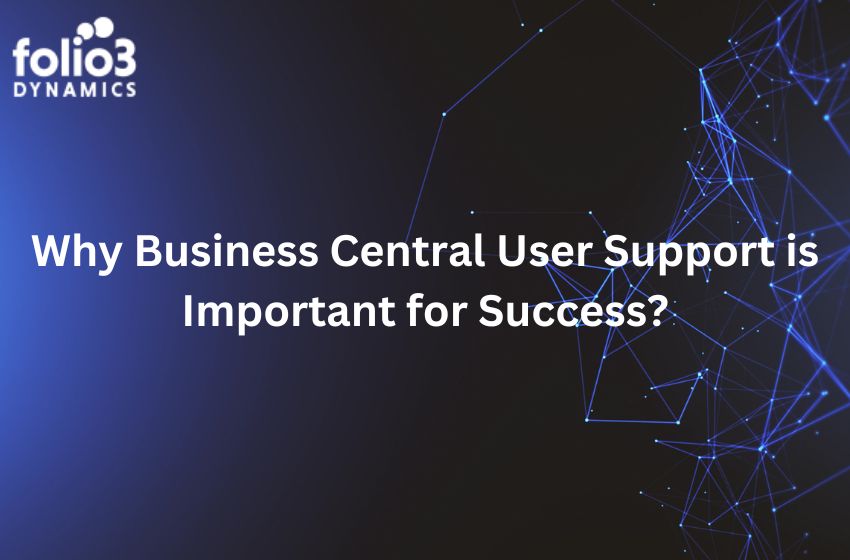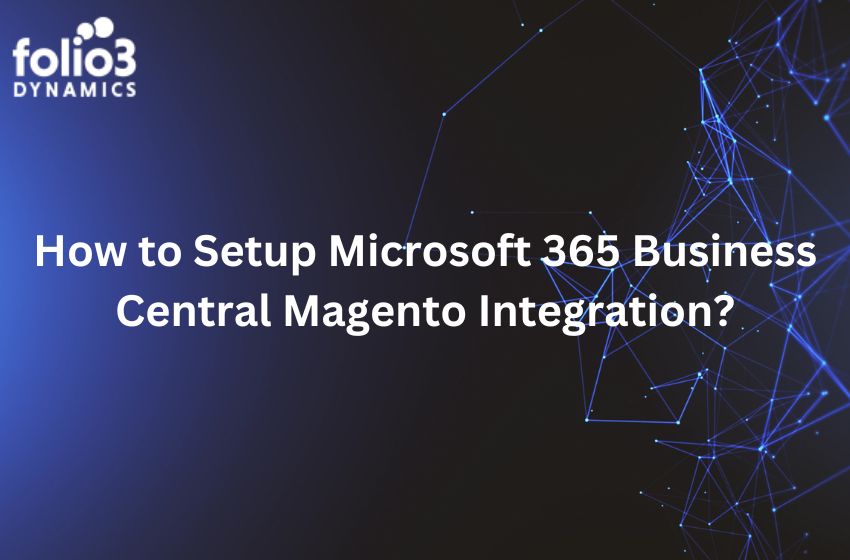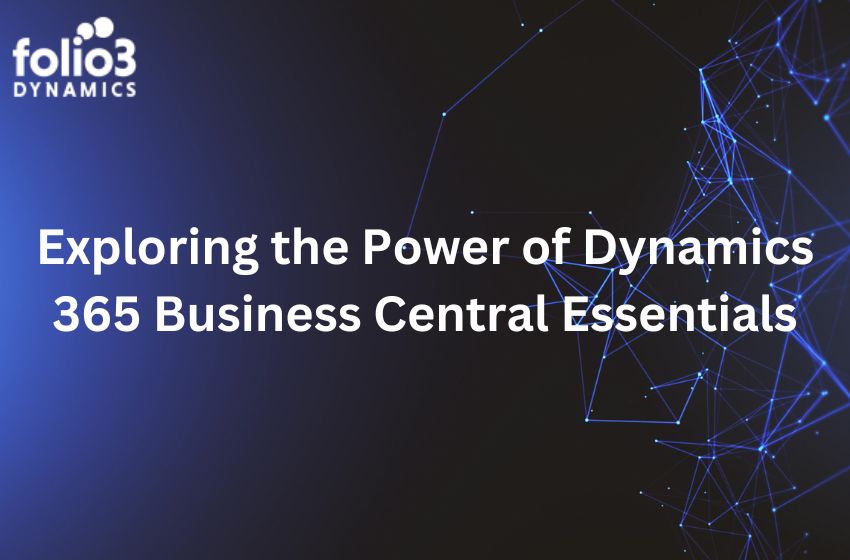Navigating the complex terrain of modern manufacturing and product management requires a fine-tuned orchestra of systems, strategies, and stakeholders. Two vital players in this orchestra are Product Lifecycle Management (PLM) and Enterprise Resource Planning (ERP). But all too often, these systems perform as solo acts rather than as a unified symphony. In this comprehensive guide, we’ll unravel the why and how of integrating PLM with ERP systems, demonstrating their irrefutable capacity to harmonize business operations, cut costs, and accelerate innovation. Whether you’re a seasoned supply chain manager, an IT aficionado, or a manufacturer at the helm, the integration of PLM and ERP is a topic that’s set to resonate with the strategic fabric of your enterprise.
Understanding PLM and ERP
To fully grasp the potential of integration, we must first understand the standalone capabilities of PLM and ERP.
Defining PLM
PLM is the strategic business approach that applies a consistent set of business solutions across the enterprise in the creation, the manufacturing, and the sustaining of products. Central to PLM is the concept of a single source of truth – a database holding all relevant product data through the upstream and downstream processes of design, engineering, and manufacturing.
Exploring ERP
On the other hand, ERP, the juggernaut of business systems, integrates all aspects of an operation, including product planning, development, manufacturing, sales, and marketing. ERP’s most significant strength lies in its ability to create a unified and standardized platform, streamlining disparate business processes and facilitating data flow.
The Need for Integration
While both PLM and ERP systems contribute significantly to a business’s success, they are often implemented as separate entities, with minimal overlap. The result? Disjointed business strategies, redundant data entry tasks, and a fragmented view of the enterprise’s operations.
Challenges of Siloed Systems
These disjointed systems can lead to a litany of inefficiencies. Duplication of effort, data inconsistency, and lack of real-time information sharing can stifle productivity and increase the likelihood of errors. Consider the plight of a product team trying to absorb changes in design iterations when those changes aren’t reflected in the ERP system until weeks later.
The Integration Solution
Integrating PLM and ERP systems is the strategic antidote to these challenges. By combining the robust data management capabilities of PLM with the logistical and financial acumen of ERP, organizations create a powerful platform for innovation and efficiency.
Key Benefits of PLM ERP Integration
The fusion of PLM and ERP offers a suite of benefits that ripple across the various facets of an organization, from the shop floor to the C-suite.
Improved Data Accuracy and Visibility
Perhaps the most immediate and tangible benefit of integration lies in the improved accuracy and visibility of data. When the entirety of an organization is working from the same set of information, decisions are more informed and outcomes more predictable.
Streamlined Processes
Integration simplifies the process landscape, erasing the need for manual interventions and allowing for a more streamlined and efficient end-to-end product development and management process.
Cost Reduction and Efficiency
With integration, operational costs can be cut through more precise resource allocation and inventory management. The ripple effects of cost savings can be felt across the organization and are particularly beneficial in competitive markets.
Integration Strategies
Realizing these benefits requires a thoughtful and strategic approach to PLM and ERP integration.
Data Integration Approach
To ensure a smooth flow of information between systems, careful consideration of data formats and structures must be undertaken. This may involve the use of middleware or custom connectors designed to bridge the gap between PLM and ERP.
Process Integration Methodology
Aligning business processes is equally vital. This could mean reengineering existing processes to fit a new, integrated model, but more often, it’s about finding ways to create simple and effective handoffs between the two systems.
Technology and Tools
A host of integration platforms and tools exist to facilitate the merging of PLM and ERP systems. It’s essential to evaluate these tools based on your organization’s unique needs and technological landscape.
Implementation Best Practices
Once an integration strategy is devised, it’s time to face the practicalities of implementation.
Planning and Goal Setting
Clear objectives and a well-defined scope are crucial for a successful integration. Begin with the specific areas where the integration will provide the most value, and expand from there.
Choosing the Right Integration Platform
One size does not fit all when it comes to integration platforms. Consider aspects such as scalability, support, and the adaptability of the platform to your existing systems.
Change Management
The greatest systems are only as good as the people who use them. A robust change management strategy is a non-negotiable component of the integration process.
Testing and Validation
Thorough testing is essential in the integration world to ensure the end product performs as expected and meets the needs of the organization.
Challenges and Considerations
While the path to PLM-ERP integration is paved with benefits, it’s not without its share of roadblocks.
Data Synchronization Issues
Data synchronization can be a complex matter, especially with rapidly changing product designs and BOMs (Bills of Materials). It’s critical to have processes in place to ensure that the right data is in the right place at the right time.
Customization vs. Standardization
Balancing the need for customized solutions with the benefits of standardized processes can be a challenge. Aim for a solution that meets the majority of your needs without being overly complex or costly to maintain.
Security and Compliance
Integrating systems brings with it security and compliance considerations. Data protection and compliance with industry regulations must be at the forefront during the integration process.
Automotive Manufacturing
In the automotive industry, a seamless integration between PLM and ERP allowed for a single, accurate view of product and production data, resulting in faster time-to-market and reduced inventory carrying costs.
Consumer Goods
A leading consumer goods brand integrated its PLM and ERP systems to improve collaboration between design and production teams, ultimately increasing product quality and brand competitiveness.
Future of PLM ERP Integration
Looking ahead, emerging technologies such as AI, machine learning, and the Internet of Things (IoT) will play pivotal roles in shaping the future of PLM-ERP integration.
The Role of AI
AI’s potential to analyze and predict outcomes based on integrated PLM and ERP data could revolutionize decision-making in product lifecycle management.
Machine Learning
Machine learning’s ability to sift through vast data stores can provide insights that further refine and optimize business processes, product design, and marketability.
IoT Integration
The IoT’s real-time data gathering capabilities can take integration to a new level, offering immediate feedback on product performance and conditions.
Conclusion
The integration of PLM and ERP is not just a technological initiative—it’s a strategic move that can redefine how modern businesses operate, innovate, and excel in a dynamic marketplace. By unifying product design and development processes with resource planning and business operations, organizations can forge a new path to efficiency and growth.
If your enterprise has yet to explore the benefits of integrating your PLM and ERP systems, now is the time to start. Assess the landscape, define your path, and prepare to experience the transformation that only a truly connected business system can deliver. The future is integrated, and the future is now.








